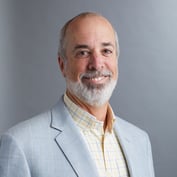“I’m skeptical of the faddishness of alternative investments. Wall Street is always ready to feed the ducks, and the ducks are quacking.”
Jeremy DeGroot, chief investment officer of Litman Gregory, obviously doesn’t think much of the packaged alternative products now being offered by manufactures and distributors. The space is much too complicated to simply allocate a portion of the portfolio to any old noncorrelated asset class and expect good results. It’s one reason he constantly refers to the research his team at Litman Gregory is able to perform.
“It’s heavily qualitative and deep manager due diligence,” GeGroot says. “They have to have the discipline to consistently beat the index, which we all know is hard to do.”
Since 2008, equity returns have been muted, and fixed income served as the ballast to protect on the downside, he argues. Today, there is no cushion of yield on the downside that was once available in the past.
See also: Alternative investments enter the mainstream
“For this reason, alternatives make sense,” he continues. “The problem is that few managers have a solid track record because alternative asset classes are so new. Any back test has to be taken with a grain of salt, because you never see the nine back tests that didn’t work before they got to the tenth. So there’s a scarcity of managers successfully running these strategies.”








 July 24, 2013 at 12:07 PM
July 24, 2013 at 12:07 PM










